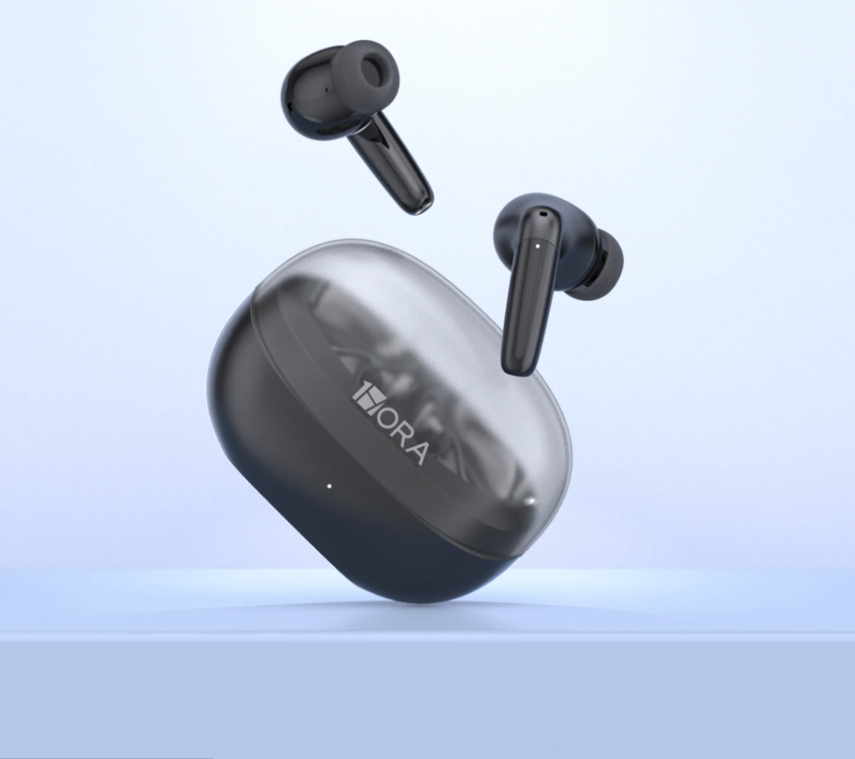In the wave of the digital era,
hearing aids have become an indispensable electronic product in our daily life. It allows us to immerse ourselves in the ocean of music and enjoy the quietness in the private space. However, with the increase in the frequency of use, many users have encountered various problems when using hearing aids, such as decreased sound quality, unstable connection, etc. These problems not only affect the user's listening experience, but also cause concern about the quality of the hearing aid product and correct use. Today, as a professional electronic product commentator, I will answer frequently asked questions in the use of hearing aids and provide detailed usage guidance.
As for sound quality, this is one of the most worrying concerns of users. There are many factors that affect sound quality, including the quality of the hearing aid itself, the quality of the sound source file, and structural differences in the ear. For the hearing aids themselves, it is recommended that consumers pay attention to the choice of brand and model when purchasing, and try to choose products with a good reputation and high evaluation. High-quality hearing aids usually adopt more advanced conduction technology, which can provide a wider frequency response range and richer detailed performance.
Connection problems are also common problems for users. Modern hearing aids mostly use Bluetooth wireless connection technology, although it provides convenience, they sometimes disconnect or the connection is unstable. This is usually due to Bluetooth signal interference or poor compatibility of the hearing aid with the device. Users can try to solve such problems by updating the device system, resetting the Bluetooth settings, or reconnecting. At the same time, it is also important to keep the hearing aid software updated, as manufacturers will solve known technical defects through software update.
Next, let's talk about the correct use of hearing aids. Reasonable wearing habits can not only prolong the life of hearing aids, but also maintain better sound quality performance. For example, when using earphones, the appropriate size of earplugs should be selected to ensure comfort and reduce external noise; And when not in use, the hearing aid should be stored in a dry environment to prevent moisture from damaging the electronic components. In addition, it is essential to regularly clean the hearing aids, which can gently wipe the casing and earplugs with a soft cloth to prevent the accumulation of dirt and dust in the ears from affecting the sound quality.
Of course, in addition to the above common usage and maintenance recommendations, there are some advanced skills worth mentioning. For example, hearing aids of different brands and models can support different equalizer settings, which can be adjusted to obtain a sound experience more suitable for personal preferences. Some professional music players even allow users to customize sound curves to achieve highly personalized music enjoyment.
Some attention should also be paid to the maintenance and after-sales service of hearing aids. If you encounter a problem that cannot be solved by yourself, it is a smart choice to contact the manufacturer's technical support team in time. Formal after-sales service can not only solve problems quickly, but also protect the rights and interests of consumers from loss.
As partners in our daily life, the advantages and disadvantages of their performance and the correctness of their use directly affect our hearing experience. It is hoped that the above will help everyone better understand hearing aids and avoid some common misunderstandings during use. As long as we select reasonably, use correctly, and maintain properly, we can make the hearing aids play the best performance and bring us high-quality hearing enjoyment.



